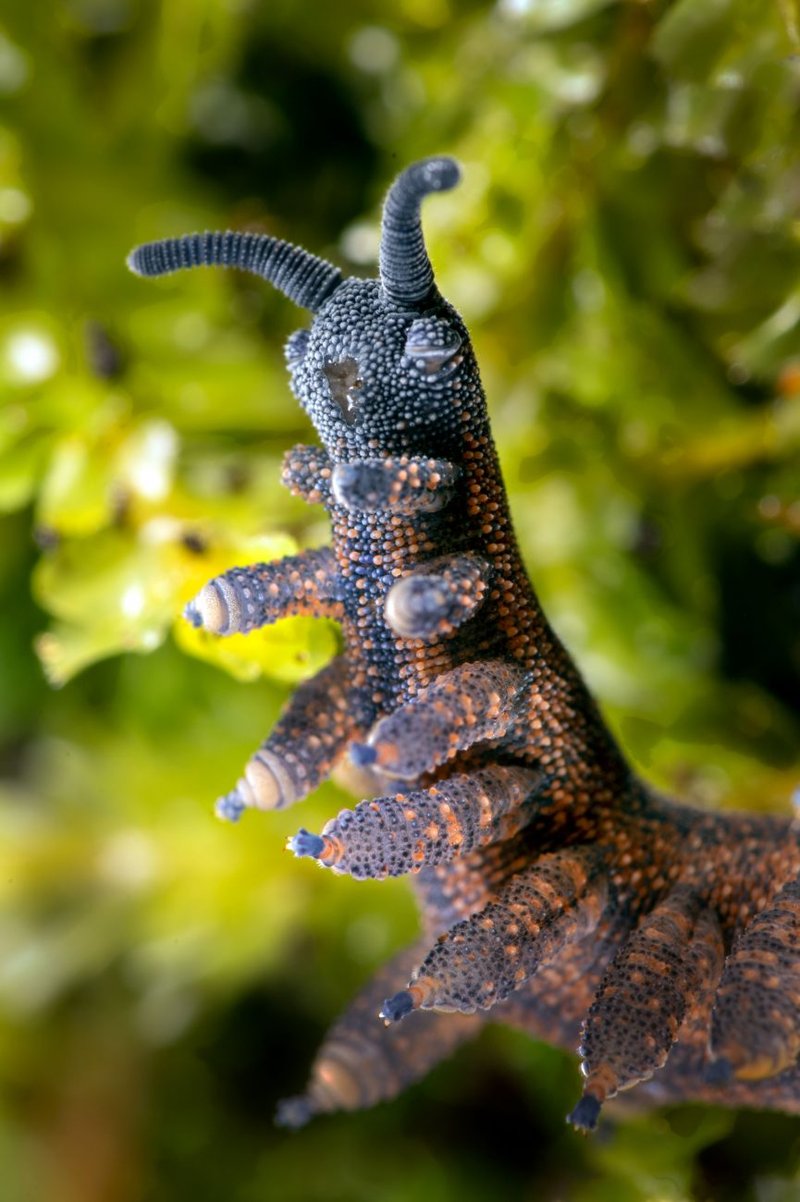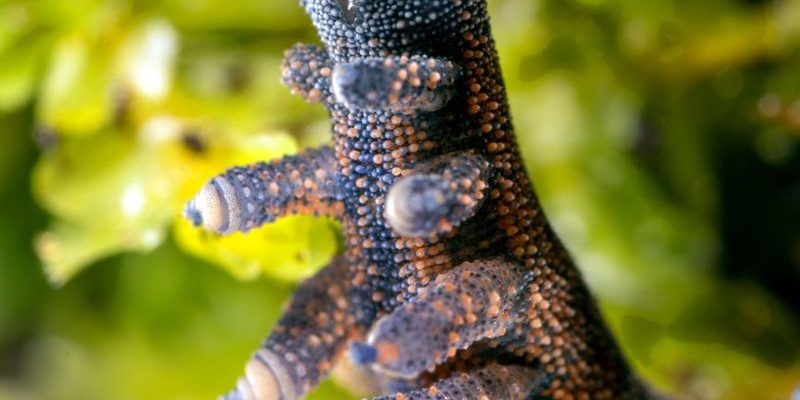
Picture this: you stroll through your local park, surrounded by the hustle of city life, yet underfoot is a whole different world. In the shadows of that park bench or beneath a thick layer of mulch, velvet worms might be lurking. Their unique needs and behaviors might just allow them to adapt to urban environments. Let’s dig deeper into where these enchanting creatures thrive and whether they can call any urban spaces home.
Understanding Velvet Worms
To get a grasp on whether velvet worms can thrive in urban green spaces, it helps to know a bit about them first. Velvet worms, scientifically called *Onychophora*, are often considered “living fossils.” They have been around for millions of years and share traits with both arthropods (like insects) and annelids (like earthworms).
These soft-bodied creatures have a distinctive velvety appearance, which gives them their name. They typically measure between 1 and 10 centimeters long and have around 13 to 43 pairs of legs. Most intriguing is their hunting method: they shoot a sticky slime to catch prey, which often includes insects. It’s like they’ve got their personal glue-gun for survival!
Now, you might be wondering, what do velvet worms need to thrive? They prefer high humidity and dark, damp environments. That’s why you usually find them in rainforests or leaf litter. But can these needs be met in urban green spaces?
Urban Green Spaces: A Potential Habitat
Urban green spaces, such as parks, gardens, and green roofs, can provide essential habitats for various wildlife. The availability of moisture, shade, and food resources can support many creatures, including velvet worms. Here’s where it gets interesting: some urban areas might just have the right conditions to attract these elusive critters.
**Moisture levels** are vital. In a city park, you might find damp soil, leaf litter, and even decaying wood—all of which offer a cozy home for velvet worms. Urban landscapes often have elements like flower beds, shrubbery, and trees that can create favorable microhabitats.
Moreover, these spaces can host a variety of insects, the primary food source for velvet worms. If the park serves as an ecosystem with enough food and moisture, it’s entirely possible that velvet worms could adapt and survive.
Searching for Velvet Worms in Your Local Park
So, how do you go about searching for these hidden gems? If you’re up for a mini adventure, here’s what to look for:
- Time of Day: Velvet worms are nocturnal. So, if you want to see them, take a flashlight and head out in the evening or at night.
- Location: Look under logs, rocks, or leaf litter. Remember, they love dark and damp spots!
- Conditions: Areas with high humidity—especially after rain—are prime spots for velvet worms to be active.
While chances may be slim in an urban setting, it’s not impossible! Just imagine flipping over that old piece of wood and finding a velvety surprise underneath. How cool would that be?
Challenges Velvet Worms Face in Urban Areas
While urban green spaces can offer some benefits, there are also notable challenges for velvet worms. One major issue is **habitat fragmentation**. In cities, green spaces are often isolated, making it hard for these creatures to migrate and find suitable mates.
Another concern is **pollution**. Chemicals from nearby roads or gardens can seep into the soil and disrupt local ecosystems. Velvet worms are quite sensitive to their environment, so even slight changes in soil chemistry can be detrimental.
Additionally, urban areas often lead to more disturbance from humans and pets. Over time, foot traffic can compact soil, reducing the moist environments that velvet worms need. Without suitable places to thrive, their chances of survival diminish.
What Can Be Done to Help Velvet Worms?
If you’re passionate about preserving velvet worms and other urban wildlife, there are ways you can help!
**1. Create Habitats:** Even small gardens can be designed with velvet worms in mind. Leaving some areas undisturbed, with mulch, logs, and leaf litter, can provide refuge.
**2. Promote Native Plants:** Native plants support local insects, which are a food source for velvet worms. The more biodiversity you can create, the better!
**3. Advocate for Green Spaces:** Support initiatives that protect and expand urban green spaces. More greenery means better habitats for all sorts of wildlife, including velvet worms.
**4. Minimize Chemical Use:** Reducing pesticide and herbicide use in gardens can help keep the soil healthy for these critters and their food sources.
The Importance of Velvet Worms in Ecosystems
You might be wondering, “Why should I care about velvet worms?” These quirky creatures play an essential role in their ecosystems. They help control insect populations by preying on them. Plus, their presence is an indicator of a healthy ecosystem. If velvet worms can thrive, it often means the environment is in good shape.
By understanding and appreciating their role, we can better recognize the importance of maintaining biodiversity in urban settings. After all, the health of our environment impacts us all!
Final Thoughts on Velvet Worms in Urban Areas
In conclusion, while velvet worms may not be the first thing that springs to mind when thinking about urban wildlife, they can indeed find a place in urban green spaces under the right conditions. By providing suitable habitats and protecting the environment, we can help ensure these fascinating creatures continue to have a chance to thrive.
So, next time you visit a park, take a moment to appreciate the hidden world beneath your feet. Who knows? Maybe you’ll cross paths with a velvet worm. And that, my friend, would make for quite the story!

